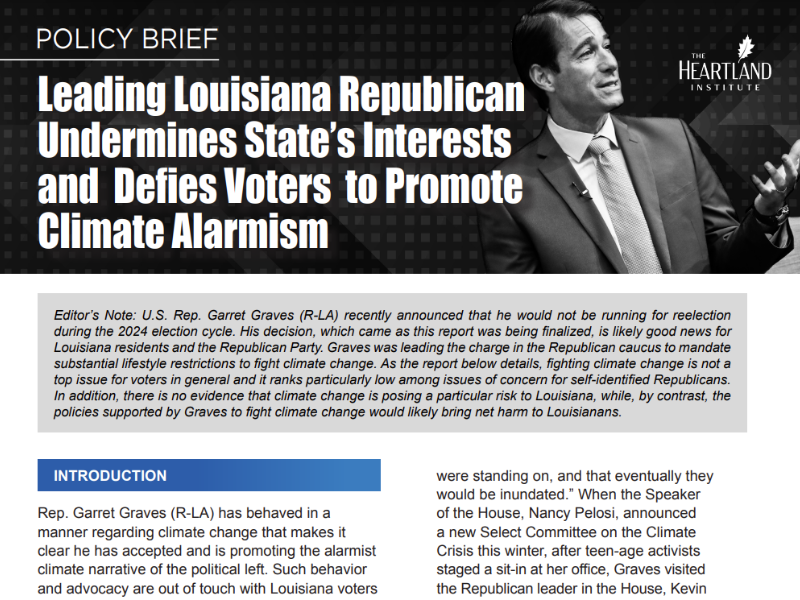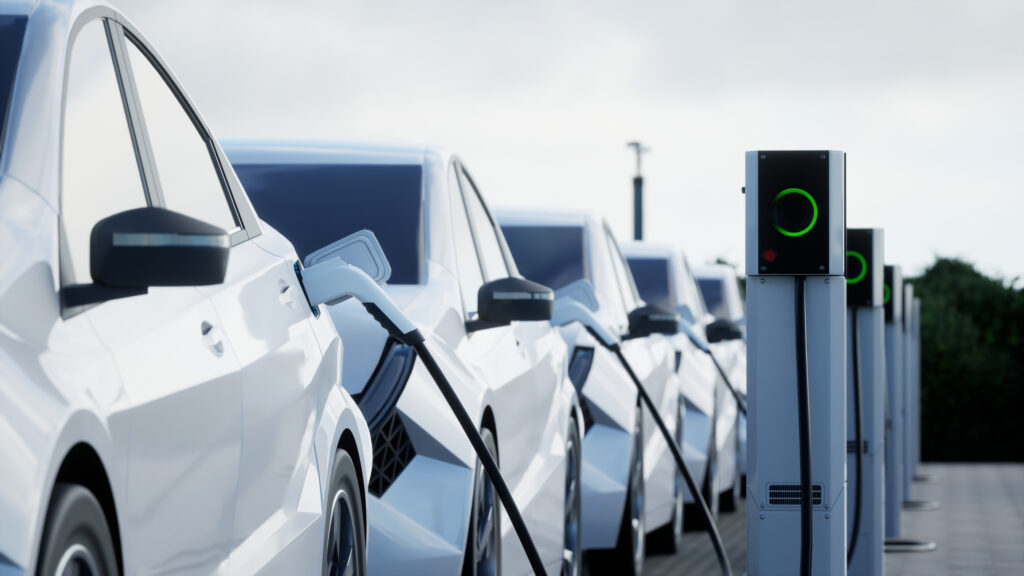Because of the intermittent nature of wind power, it cannot serve as a standalone power source and can displace only a minimal amount of conventional power, concludes a new study by energy researcher George S. Taylor.
Infrequent, Unpredictable Power
Taylor, a researcher with Palmetto Energy Research who will be presenting the results of his study at the June 2011 American Nuclear Society’s Annual Meeting, explains in his study that intermittent wind power cannot by itself provide reliable power and must be paired with some form of baseload power generation. Wind turbines provide power less than 30 percent of the time, and the power is unpredictable on a day-by-day and even minute-by-minute basis. As a result, wind farms, no matter how large, can displace only a minor amount of conventional power.
“[U]nlike gas and nuclear, there is no such thing as wind electricity by itself” the study observes (emphasis in the original). “There is only wind combined with some complementary source, which on any large scale has to be coal, gas or storage rather than hydro or nuclear. [Hydro capacity is too limited, while ramping nuclear to balance wind would neither reduce
any costs nor save any fossil fuel.]”
As a result of the constant ramping up and down of wind power generation, “any fossil-fired complementary source will necessarily operate less efficiently if it is forced to undergo more [transience] and more frequent operation at partial load than if it had operated in a system without wind,” the study explains.
Five Times More Expensive
Using U.S. Energy Information Administration cost data, Taylor showed the cumulative cost of wind power generation (comprised of wind power, backup natural gas power, and the construction of new transmission lines) would be five times as much as an all-gas option.
“Unless deep-drilled geothermal or some other wild card pans out, there are only three major choices for the future of electricity in the United States—coal, gas, and nuclear. Wind is not a fourth choice,” Taylor says. “The most we could ever do with it is replace some of the coal with a combination of 70 percent gas and 30 percent wind, at great expense. And even that wouldn’t save 30 percent of the gas, because the gas plants would run less efficiently while counterbalancing wind’s large and rapid variations.”
“In the absence of energy storage—which no one has proposed because of its own cost and environmental impact—the most wind could ever be in the United States is about 12 percent of all generation. But building that would permanently tie at least 50 percent of all generation to natural gas, while precluding any increases in nuclear, geothermal, or hydro beyond what’s in place today. Is that an outcome that anyone is actually in favor of?” Taylor asked.
Tom Tanton ([email protected]) is principal of T2 & Associates, a California-based energy technology and policy consulting group.




